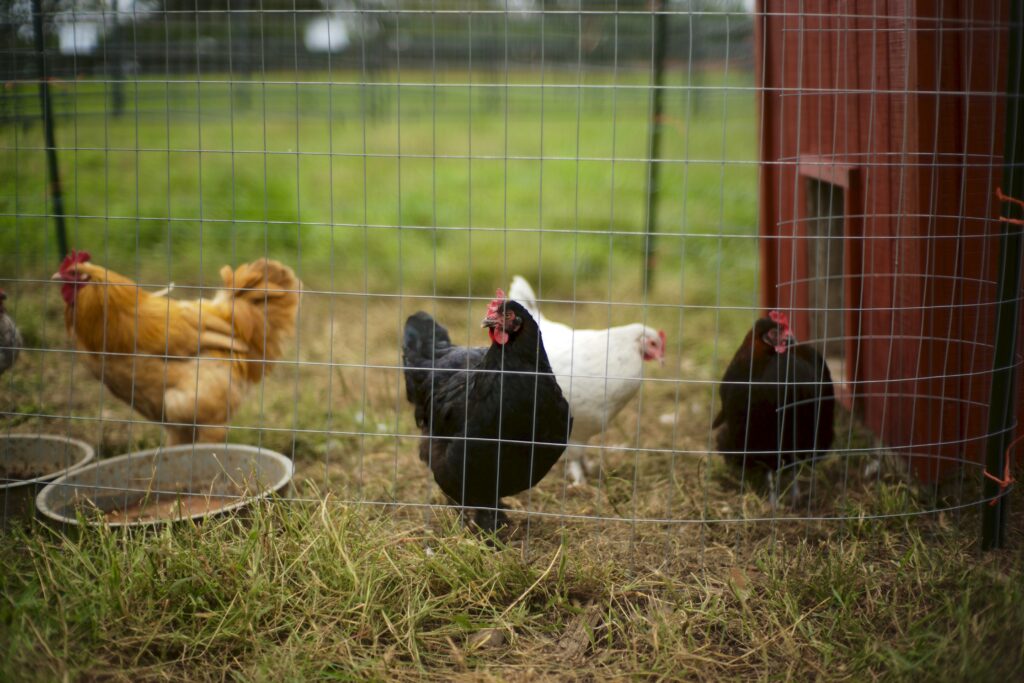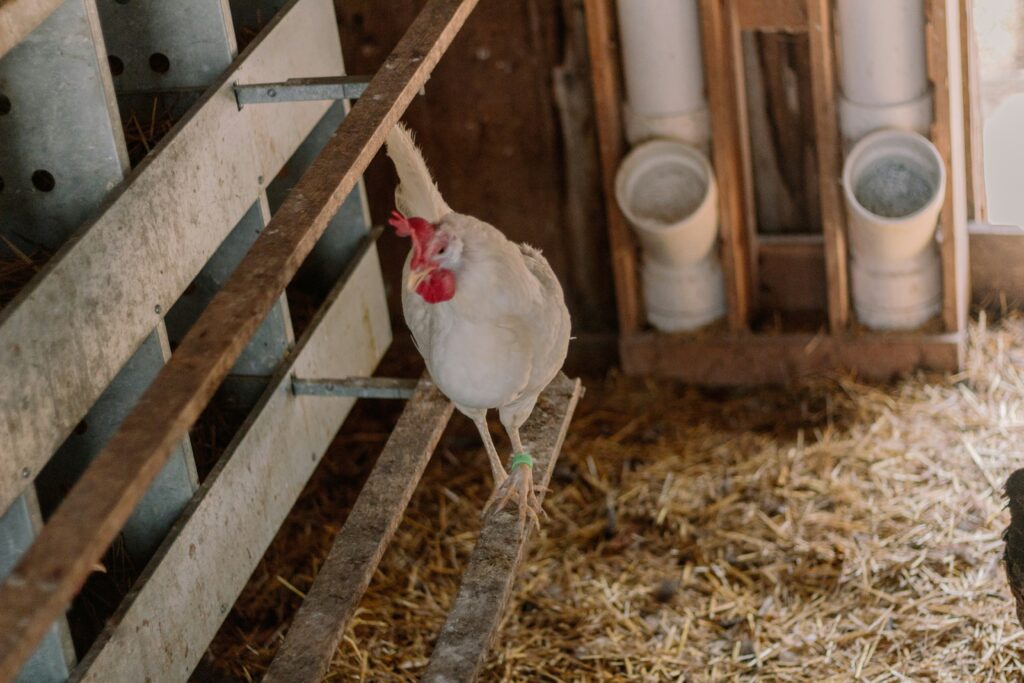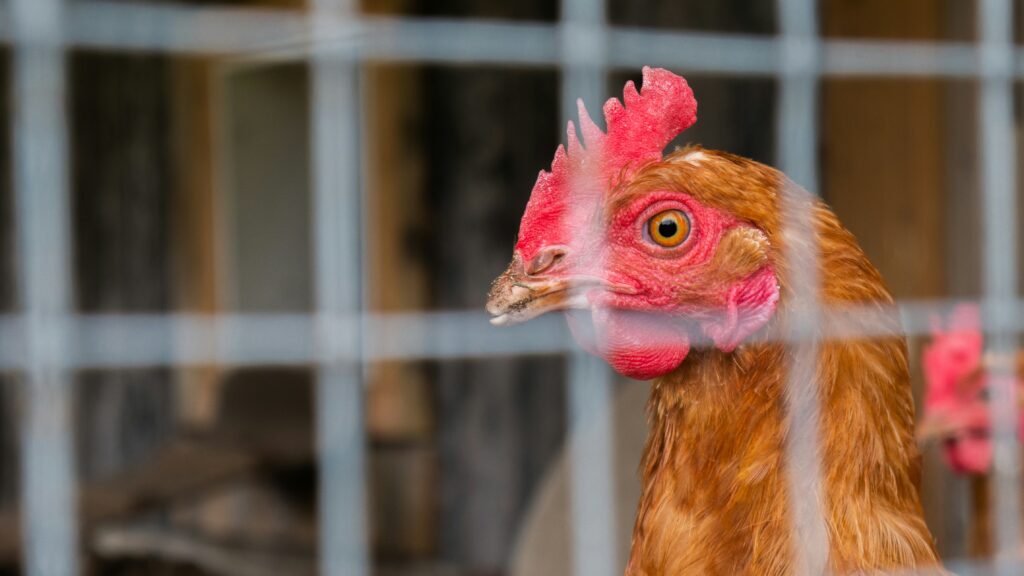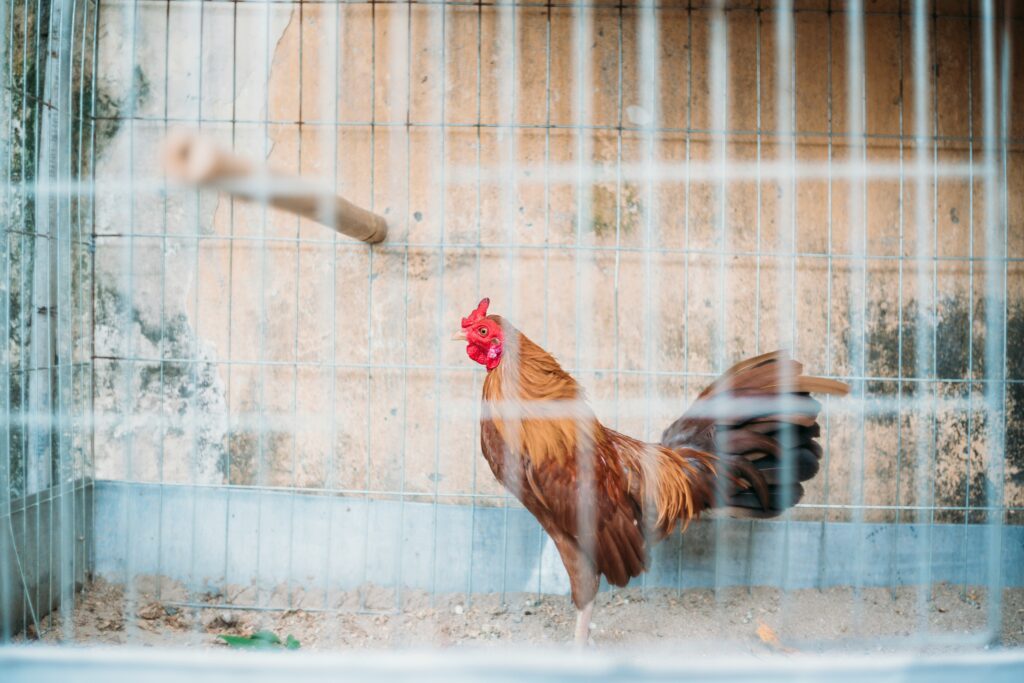Introduction to Pallet Fencing
Pallet fences are becoming increasingly popular for DIY enthusiasts, homeowners, and sustainability-minded individuals. They’re cost-effective, eco-friendly, and offer a rustic charm that’s hard to beat. But if you’re wondering how to secure a pallet fence properly, it’s essential to understand that stability, safety, and durability start with the right process.

Photo by Will H McMahan on Unsplash
Why Choose a Pallet Fence?
Sustainability and Affordability
One of the main advantages of pallet fencing is its low environmental impact. Repurposing wood pallets keeps them out of landfills and gives them new life as functional, stylish fencing.
Additionally, the cost is significantly lower than traditional fencing materials. In many cases, you can even source pallets for free from warehouses, construction sites, or grocery stores.
Flexibility in Design
Pallet fences can be configured in numerous ways — vertical, horizontal, staggered, or even double-stacked for extra height. Whether you’re fencing off a garden, yard, or animal pen, pallets offer creative freedom without breaking the bank.
Key Tools and Materials You’ll Need
Before diving into the construction process, make sure you have the following items on hand:
- Power drill
- Screws and bolts (galvanized recommended)
- U-brackets or metal plates
- Rebar or metal stakes
- Concrete mix
- Shovel or post hole digger
- Gravel
- Sealant or weatherproofing solution
- Hammer
- Measuring tape
- Level
- Work gloves and safety glasses
Having these ready will streamline the installation and enhance safety.

Photo by Sean Foster on Unsplash
Preparing Your Site for Pallet Installation
Marking Fence Boundaries
Use a measuring tape and stakes with string to outline your fence line. This ensures the layout is straight and aligned properly, especially important for large properties or garden enclosures.
Ground Leveling and Clearance
Clear out debris, weeds, or uneven soil. A flat, stable base reduces the risk of your pallet fence shifting or leaning over time.
If the ground is sloped, consider leveling areas where each pallet will be placed or using step-down techniques to maintain fence integrity.
Selecting the Right Pallets for Durability
Wood Type and Treatment
Look for heat-treated (HT) pallets rather than chemically treated ones. These are safer for use around pets, gardens, and children.
Avoid damaged or moldy pallets. Aim for hardwood options like oak or maple, as they offer better strength and resistance to weather conditions.
Size and Weight Considerations
Uniformity matters. Select pallets that are similar in size and weight to ensure consistency across the fence line. This makes securing them easier and more stable.

Photo by Brittany Clark on Unsplash
10 Expert Tips to Secure a Pallet Fence Properly
1. Use Metal Stakes or Rebar Anchors
Drive metal stakes or rebar two feet into the ground, then fasten the pallets to them using brackets or screws. This gives you a solid anchor and minimizes wobble.
2. Reinforce with Gravel and Concrete
For high-traffic or wind-prone areas, pour gravel at the base of each post and top with concrete. This adds both drainage and long-term support.
3. Add Cross Bracing for Stability
Install diagonal cross braces behind the pallets to resist lateral movement. This is crucial for fences above 4 feet in height.
4. Secure with Heavy-Duty Screws or Bolts
Use corrosion-resistant fasteners to connect pallets together and to secure them to posts or anchors. Screws should be at least 2.5 inches in length.
5. Anchor to Posts Set in Concrete
If you want maximum stability, insert 4×4 posts every 6-8 feet. Sink them in concrete footings and bolt the pallets directly to the posts.
6. Install Ground Anchors for Wind Resistance
In windy regions, ground anchors are a must. They tie down your fence to avoid tipping or uplift, especially during storms.
7. Use U-brackets for Stronger Connections
Metal U-brackets are great for attaching pallets end-to-end. They provide a cleaner look and superior hold compared to screws alone.
8. Seal and Weatherproof the Wood
Apply exterior wood sealant or paint to prevent rot and damage from moisture. Reapply every 1-2 years for continued protection.
9. Regularly Inspect for Rot or Damage
Perform seasonal checks and replace damaged sections promptly. Catching issues early keeps the fence safe and good-looking.
10. Paint or Stain to Extend Lifespan
Besides sealing, adding paint or stain not only enhances the appearance but also acts as another layer of protection against the elements.
Creative Add-Ons for Functionality & Aesthetics
Planter Boxes and Vertical Gardens
Why not turn your pallet fence into a living wall? Attach planter boxes or grow herbs, flowers, and succulents vertically. It not only beautifies the structure but also makes excellent use of space—especially in small gardens.
Solar Lights and Decorative Elements
Secure solar-powered lights to your fence posts or tops of pallets for ambient nighttime lighting. You can also add house numbers, welcome signs, or lanterns for a personal touch that enhances both curb appeal and utility.
Common Mistakes to Avoid When Securing Pallet Fences
Avoid these frequent pitfalls to ensure a long-lasting, secure pallet fence:
- Using untreated or moldy pallets – These degrade quickly and compromise structural integrity.
- Skipping anchoring or cross-bracing – Leads to instability, especially in areas with high winds or loose soil.
- Improper spacing – Gaps between pallets can lead to uneven weight distribution and eventual collapse.
- Not checking for pests – Wood-boring insects can wreak havoc if unnoticed.
- Ignoring weatherproofing – Unprotected pallets will rot, crack, or warp when exposed to the elements.

Photo by Tuân Nguyễn Minh on Unsplash
Maintenance Tips for Long-Term Performance
A secure pallet fence isn’t a “set-it-and-forget-it” project. Here’s how to keep it in great shape for years:
- Inspect connections quarterly – Tighten loose screws or brackets.
- Re-seal or repaint annually – Protect the wood against moisture and UV exposure.
- Replace damaged sections immediately – Prevent weak points from spreading.
- Trim nearby vegetation – Prevent vines or roots from compromising the base.
- Monitor for sagging or leaning – Adjust bracing or anchors as needed.
Consistent maintenance ensures that your pallet fence stays strong, safe, and attractive.
FAQs About Securing Pallet Fences
1. Can pallet fences withstand strong winds?
Yes, if properly anchored with stakes, concrete footings, and cross bracing. Ground anchors are also recommended for windy areas.
2. Do I need a permit to install a pallet fence?
It depends on your local municipality. For fences over a certain height (typically 6 feet), a permit may be required. Always check your local zoning regulations.
3. What’s the average lifespan of a pallet fence?
With proper sealing and maintenance, a pallet fence can last 5 to 10 years or longer, depending on climate and usage.
4. How many pallets do I need per linear foot?
A standard pallet is 48 inches wide, so you’ll need roughly 1 pallet for every 4 feet of fence.
5. Can I use pallet fencing for animals?
Yes, but ensure the gaps are covered with chicken wire or boards for safety. The structure must also be reinforced for larger animals.
6. Is pallet wood safe for garden fencing?
Only use HT (Heat Treated) pallets, not chemically treated ones. Look for the HT stamp on the side of the pallet.

Conclusion
A pallet fence is an eco-friendly, cost-effective, and customizable option for homeowners, gardeners, and DIYers alike. By understanding how to secure a pallet fence using the expert tips outlined in this guide, you’ll ensure your structure is not only beautiful but also safe, strong, and long-lasting.
From preparing your site to anchoring your structure and applying weatherproofing, every step plays a crucial role in the final result. Add your own flair with decorative and functional add-ons, and your pallet fence will stand out in the best way possible.
